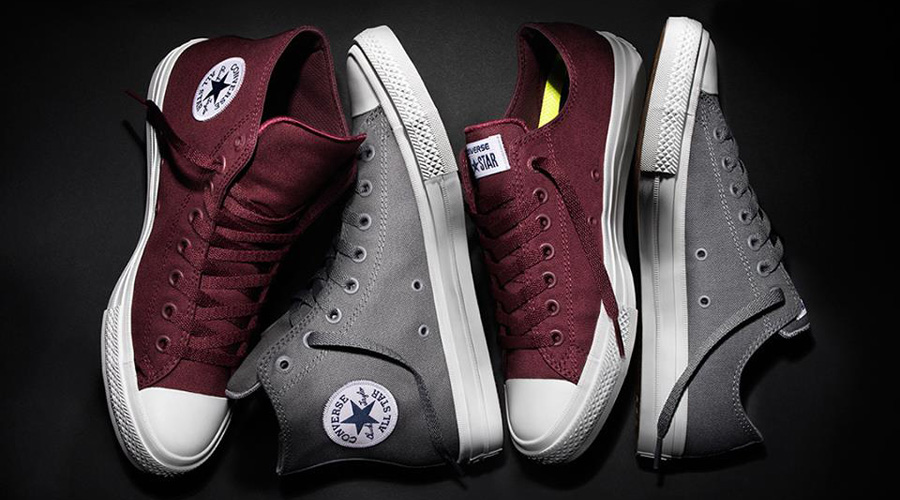By Thomas J. Ryan
Is a Taylor Swift Ked sneaker an athletic shoe?
Does anyone still play basketball in classic Converse All-Stars?
Are Oxfords with rubber outsoles suited for the gym or hiking trail?
According to the U.S. government, the answer to all three questions is “yes,” said Footwear Distributors & Retailers of America President Matt Priest.
The FDRA is urging the U.S. government to clarify and update the criteria for classifying footwear as athletic, which can increase or decrease the duty rate for these types of shoes.
In a letter sent to the U.S. Customs & Border Protection (CBP), the organization noted that with the explosion in the use of athletic-looking styles and technology in fashion and lifestyle footwear, many types of shoes that are not suitable for athletic activities continue to be classified by the U.S. government as athletic. Examples given are the Converse Taylor All-Star, P-F Flyer and Keds.
”To be classified as athletic, a shoe must exhibit features that make it ‘particularly suitable’ for athletic use.” wrote Priest, in the letter. “The mere fact that a shoe has a flexible sole and/or ‘a generic athletic appearance’ is not a sufficient basis to classify footwear as athletic. There must be more features that demonstrate suitability for use in athletic endeavors.”
Other examples of shoes allegedly wrongly classified as athletic include infant shoes. Priest stated, “Clearly infants are not capable of engaging in athletic activities.” He also asserts that walking shoes are often classified as athletic when past rulings have stated that footwear deemed athletic must be suitable for activities “requiring fast footwork and extensive running.” Priest adds, “Walking may be good exercise but it is the polar opposite of fast footwork and extensive running.”
The FDRA said the classification as athletic or non-athletic generally has little effect on duty rate but it may have a major impact in certain cases. For example, classification as athletic is advantageous where a textile upper athletic shoe provides protection against cold or inclement weather. On the other hand, where the value of the footwear is in excess of $12, classification as athletic is a disadvantage.
The FDRA asked to meet with CBP officials to explore the issue and possible solutions.
“Innovation is transforming our industry at lightning speed and U.S. Customs has failed to keep pace,” said Priest in a statement. “With 436 different ways to classify footwear embedded in a footwear tariff system launched in 1930, no one should be surprised that such an arcane system has failed to keep up with new and emerging designs and developments. The time is now for CBP to streamline and clarify the standards they use to classify athletic footwear and provide clarity to our industry.”
Lead photo courtesy Converse
















